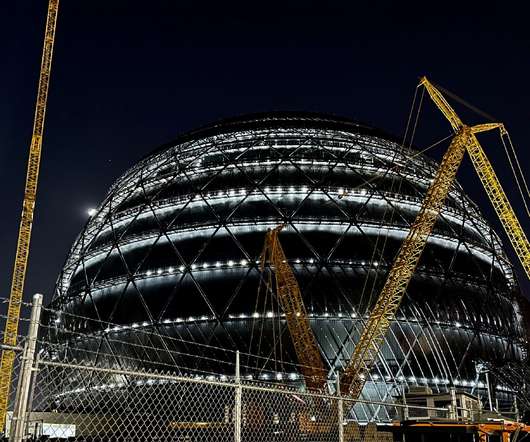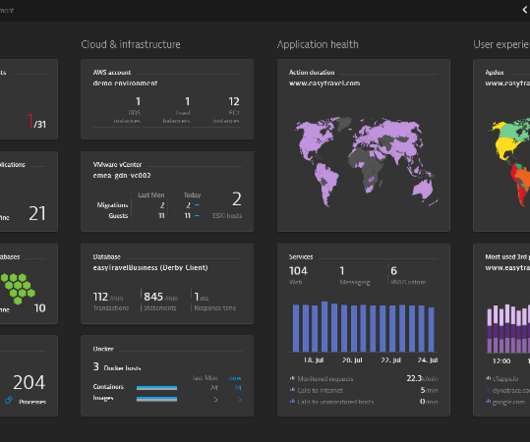How digital experience monitoring helps deliver business observability
Dynatrace
APRIL 26, 2022
Digital experience monitoring enables companies to respond to issues more efficiently in real time, and, through enrichment with the right business data, understand how end-user experience of their digital products significantly affects business key performance indicators (KPIs). One of the key advantages of DEM is its versatility.













Let's personalize your content